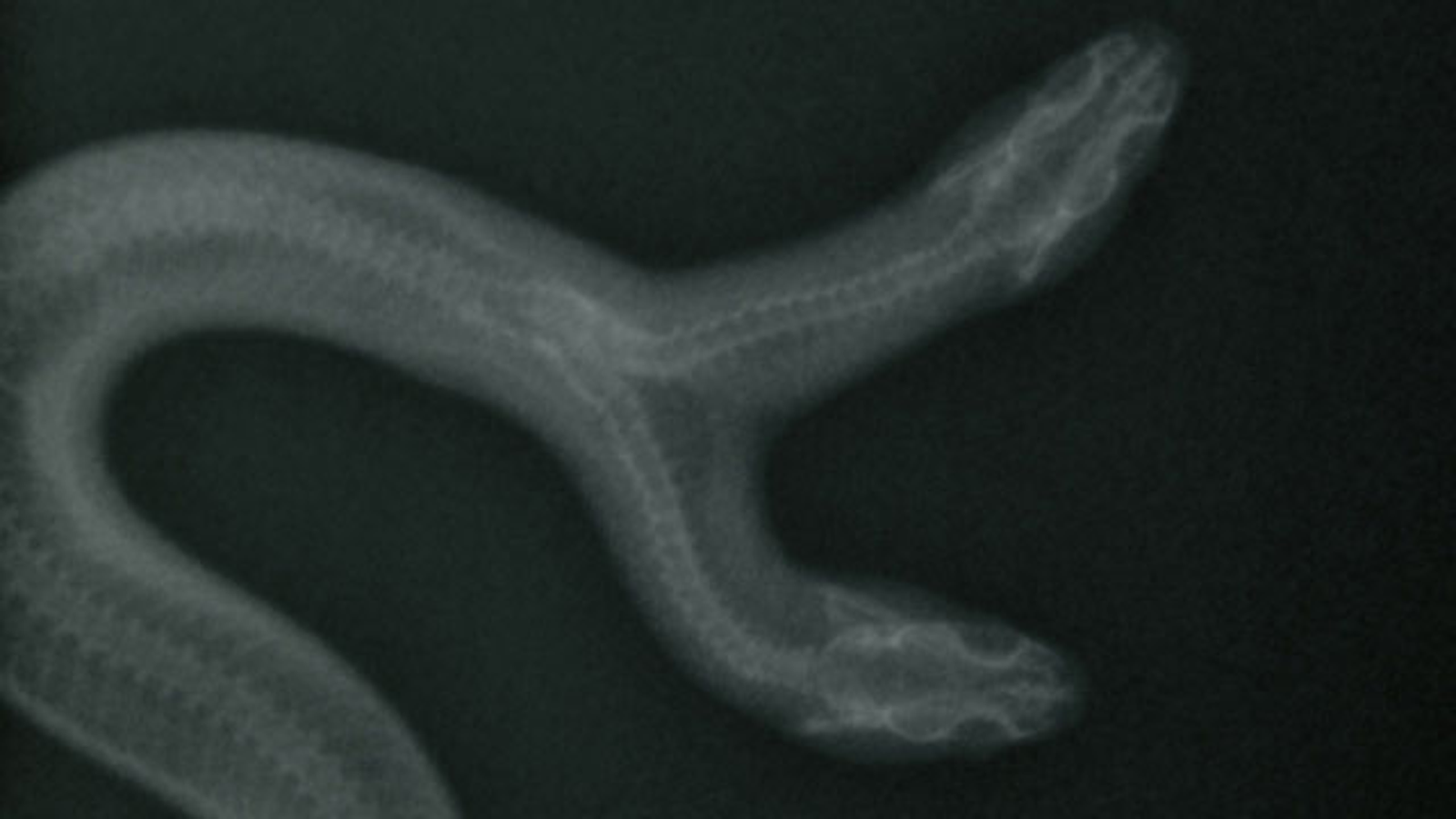


The findings appear online in the journal Science ( version).īibliographic information: J. Black symbols are for the sum of the observations, green for the rst and red for the second. Observed (crosses) and predicted (lines) count rates in the 20-80 keV energy band obtained using the -OFF eld as background. A very thin tail also appears behind one of the galaxies in Coma. 4 Rossetti & Molendi: The Coma Cluster hard X-ray spectrum revisited Fig.2. One or both of these arms connects to a larger structure and spans a distance or at least 1.5 million light years. Two of the arms appear to be connected to a group of galaxies located about two million light years from the center of Coma. The team has found a range of answers, some of them conflicting, and so observations of other clusters are needed. Estimating the amount of turbulence in a galaxy cluster has been a challenging problem for astrophysicists. Large-scale magnetic fields are likely responsible for the small amount of turbulence that is present in Coma. Instead, the smooth shape of these lengthy arms points to a rather calm setting for the hot gas in the Coma cluster, even after many mergers. Most theoretical models expect that mergers between clusters like those in Coma will produce strong turbulence, like ocean water that has been churned by many passing ships. This gives the researchers some clues about the conditions of the hot gas in Coma. The scientists say that these arms were most likely formed when smaller galaxy clusters had their gas stripped away by the head wind created by the motion of the cluster through the hot gas, in much the same way that the headwind created by a roller coaster blows the hats off riders.įrom their length, and the speed of sound in the hot gas, the arms are estimated to be about 300 million years old, and they appear to have a rather smooth shape. Note the drop in the number of galaxies with 6600 < v < 8200 away from the cluster as the relic radio emission increases. Bottom: same slice except 2° wide through the optical surface density of SDSS galaxies in three velocity cuts.

Their discovery provides insight into how the Coma cluster has grown through mergers of smaller groups and clusters of galaxies to become one of the largest structures in the Universe held together by gravity. Top: 1D slice across the Coma halo and relic in radio and X-ray brightness. The newly discovered arms span at least half a million light years. Hayakawa and others published Soft X-Ray Emission from the Direction of the Coma Cluster Find, read and cite all the research you. These galaxies are probably the vestiges from each of the two largest clusters that merged with Coma in the past. And unlike most traditional heating systems, Solray panels take up little or no floor space, thus maximising any floor lettable area. optical – SDSS.Ĭoma is an unusual galaxy cluster because it contains not one, but two giant elliptical galaxies near its center. Solray’s panel system offers excellent heating or cooling performance. Image credit: X-ray – NASA / CXC / MPE / J. This composite image shows enormous arms of plasma in the Coma galaxy cluster.


 0 kommentar(er)
0 kommentar(er)
